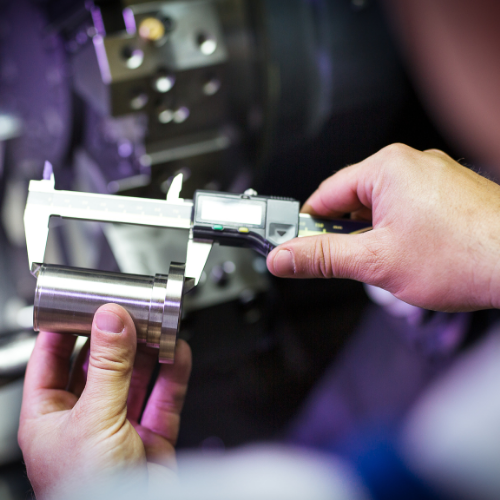The Key to Success with Data-Driven Manufacturing
Data-driven manufacturing – using facts and data rather than conjecture and guesswork to manage manufacturing processes – should be the goal of any...
2 min read
David Oeters : August 23, 2017 at 9:22 AM

Production data fuels the manufacturing industry. Putting this strategic information to work adds profit and production to your business.
As employees collect and use data locally in a wide variety of homegrown formats, data silos are created diminishing the overall value of production information. Over time, competing spreadsheets and shared drives of disconnected production data create inefficiencies and errors. The problem is as much cultural as technological, preventing alignment between sales and operations.
Unlock the business value of your data by making it accessible across the enterprise. Here are five reasons why data visibility and aligning production databases must be your next improvement project:
Employees use guesswork and estimates if they can’t find the data they need. This leads to errors and mistakes. With a single source of accurate and accessible production information, there’s no need to guess. Employees work faster with critical information at their fingertips.
If sales, operations and dispatch all keep their own spreadsheets tracking related elements you end up with employees doing the same work again and again. Redundant data entry is error-prone and creates waste. Eliminate wasted time and focus on value-added work when you adopt comprehensive, modern data collection standards.
Many companies struggle with document and change management. Inaccurate and outdated work instructions and production data create errors and frustration. With documentation under revision control, you can better manage change. Employees work with confidence knowing they have the most accurate and complete production information.
According to a recent survey, shop floor workers waste 30 minutes to 2 hours every day looking for information. With a single production database and data visibility, employees make data-driven decisions to increase productivity and respond accurately to change.
Manufacturers identify alignment between sales and operations as a critical business need. Collaboration requires everyone working toward the same goals, with the same vision of the business. Foster collaboration and alignment by linking sales and operations with accurate production data.
Data visibility is the foundation of increased output and business growth. Data collection standards provide the basis of sustainable process improvement and business collaboration.
Start by eliminating the silos and moving your historical data to a manufacturing system. If possible, convert your data to object-oriented files so you can begin running reports on it, providing the trending and analysis that is the foundation of data-driven, Smart Manufacturing.
Want to learn more, or see how a Data Migration Engine can eliminate data silos and empower an MES to do more for manufacturing and production? Contact CIMx today to talk to an Application Engineer about Quantum and learn how to unleash your production data for higher output and profit.
Data-driven manufacturing – using facts and data rather than conjecture and guesswork to manage manufacturing processes – should be the goal of any...

It’s not often that we quote ancient Greek playwrights, but this morning I’m thinking about Sophocles. One of the 3 greatest Greek tragedy writers...

More and more manufacturers are benefitting from paperless manufacturing and systems such as MES – proof of the power in data-driven manufacturing.